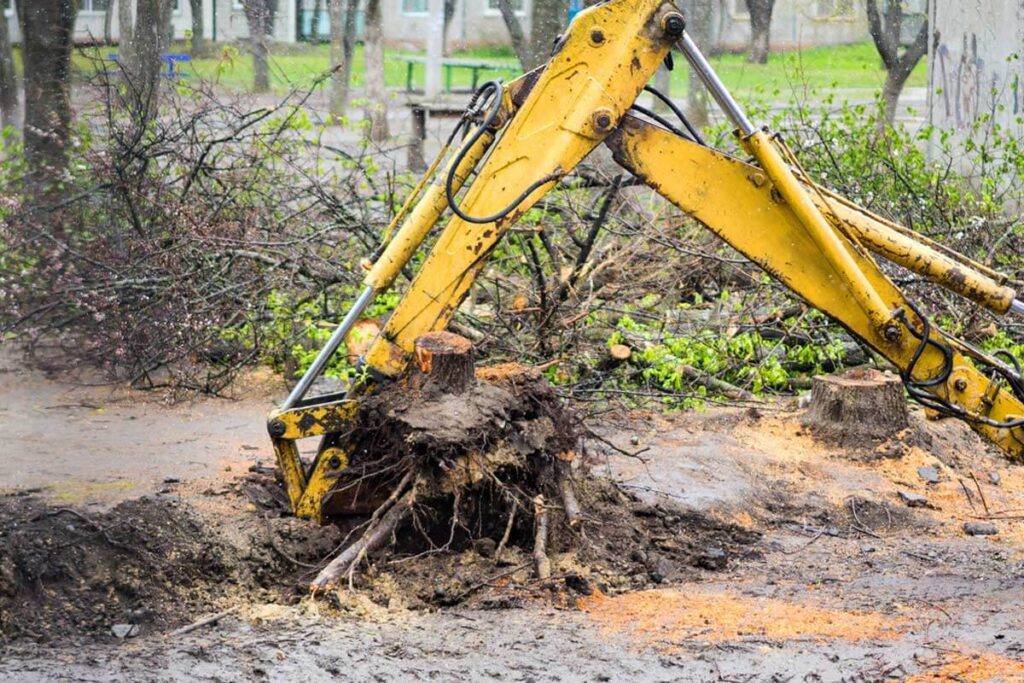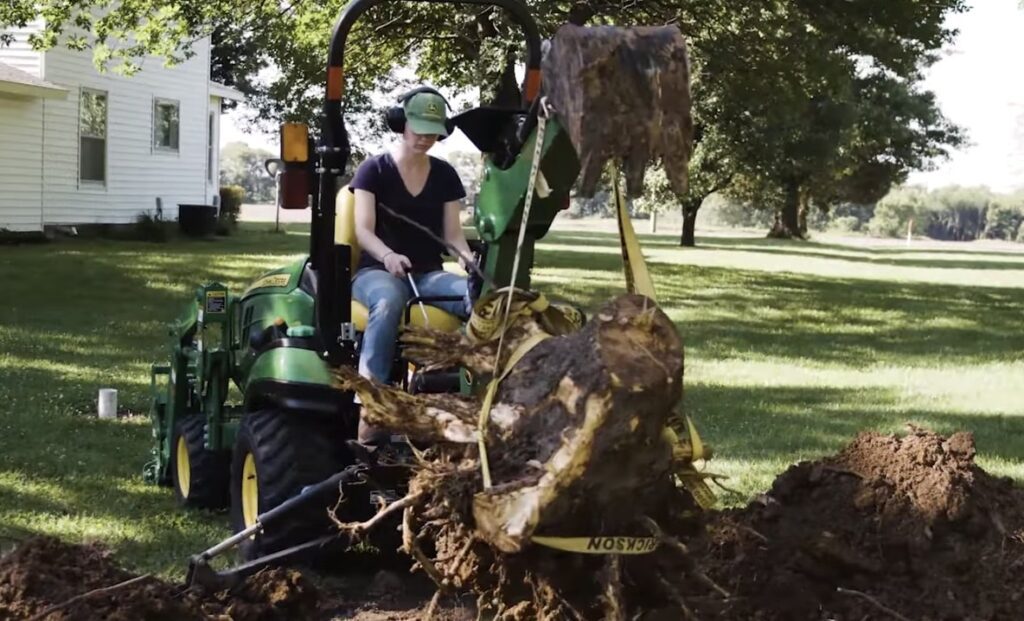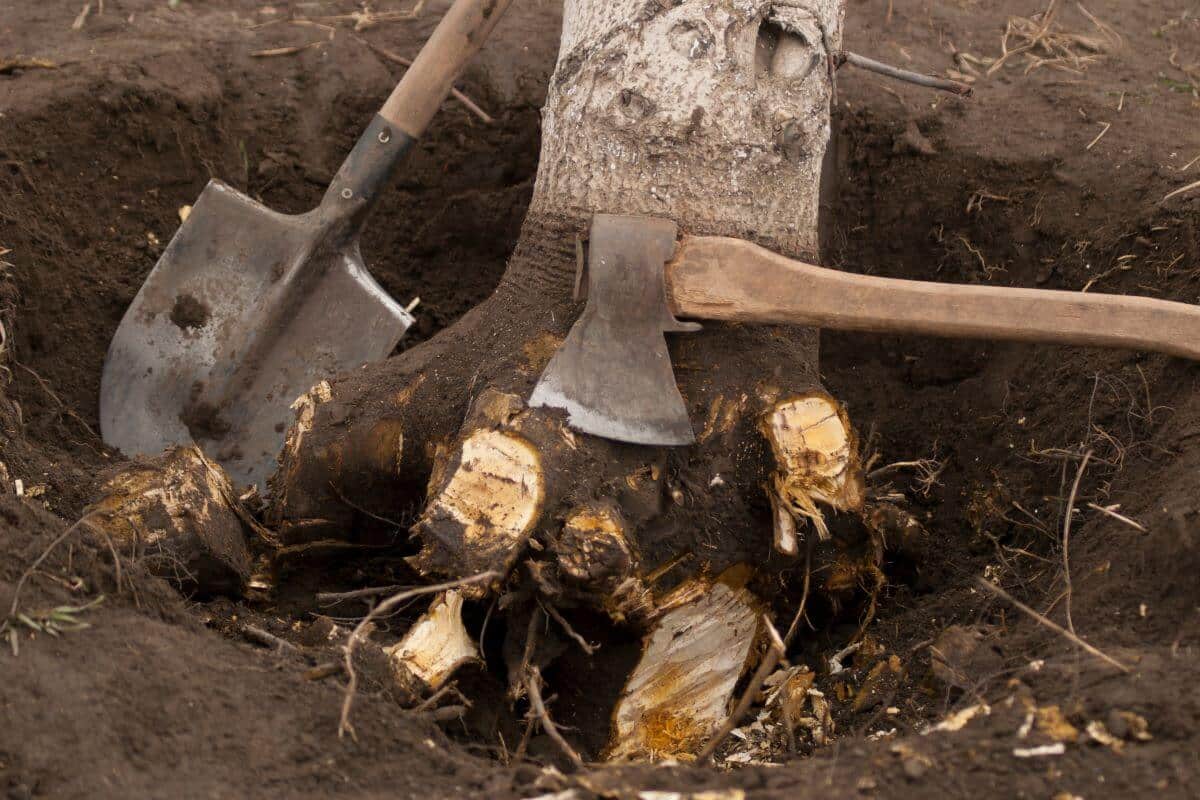Tree stump removal is an essential task that every homeowner in Sydney should consider after cutting down a tree. While it may seem like a daunting task, with the right knowledge and tools, you can easily tackle tree root removal effectively. In this article, we will delve into the basics of stump removal, the importance of removing stumps, different methods of stump removal, the tools and equipment needed, a step-by-step guide to stump removal, hiring professionals for stump removal in Sydney, and post-removal care and maintenance.
Understanding the Basics of Stump Removal
Before diving into the details, it is crucial to understand what stump removal entails. Stump removals refers to the process of completely eliminating the tree stump along with its root system from the ground. This task is essential for various reasons, including aesthetics, safety, and preventing potential hazards. By removing stumps from your property, you can create a clean and visually appealing environment while eliminating any tripping hazards that stumps may pose.
The Importance of Stump Removal
Removing tree stumps is a necessary step in maintaining a safe and healthy outdoor space. Leaving stumps in your yard can lead to several problems. Firstly, stumps can attract insects like termites, carpenter ants, and beetles, which can infest your landscape and even your house. These pests can cause severe damage to your property, leaving you with expensive repair bills. Secondly, stumps can hinder proper lawn care maintenance, making it difficult to mow your lawn or plant new trees and flowers. Lastly, stumps can be hazardous, especially if they are hidden by grass or foliage, posing a risk for tripping and injuries.
Different Methods of Stump Removal
There are several methods available for removing tree stumps, ranging from manual techniques to using heavy machinery. The most common methods include stump grinding, chemical stump removal, and natural decay. Stump grinding involves using a stump grinder to chip away at the stump until it’s below ground level. Chemical stump removal involves applying chemicals to the stump to accelerate its decomposition. Natural decay, on the other hand, involves letting nature take its course as the stump gradually breaks down over time. Each method has its own benefits and considerations, so it’s essential to choose the one that best fits your needs.
Stump grinding, as mentioned earlier, is a popular method due to its efficiency and effectiveness. This method involves the use of a specialized machine called a stump grinder, which grinds the stump into small wood chips. The grinder has rotating blades that chip away at the stump, gradually reducing it to ground level. Stump grinding is a relatively quick process, and once the stump is ground down, you can use the wood chips as mulch or dispose of them as desired. Click here to learn about tips for diy tree stump grinding
Chemical stump removal, on the other hand, is a slower but less labor-intensive method. It involves drilling holes into the stump and applying a chemical solution that speeds up the decomposition process. Over time, the chemicals break down the stump, making it easier to remove or allowing it to decay naturally. This method is often preferred when the stump is located in an area where using heavy machinery is not feasible or when the stump is too large to be removed manually.
Natural decay, although the slowest method, is an option for those who prefer a more environmentally friendly approach. With this method, you simply let nature take its course. Over time, fungi and bacteria break down the stump, causing it to decay and eventually disintegrate. While this method requires patience, it is a low-cost and chemical-free option.
Ultimately, the choice of stump removal method depends on various factors such as the size and location of the stump, your budget, and your personal preferences. It is advisable to consult with a professional tree service to assess the best approach for your specific situation. With the right method, you can bid farewell to those unsightly stumps and enjoy a beautiful and hazard-free outdoor space.
Tools and Equipment Needed for Effective Stump Removal
When it comes to removing tree stumps, having the right tools and equipment is crucial. Not only will it make the task easier and more efficient, but it will also ensure your safety throughout the process.
Before embarking on the journey of stump removal, it is essential to understand the anatomy of a tree stump. Beneath the surface, tree stumps have intricate root systems that can extend deep into the ground, making removal a challenging task. These roots can intertwine with underground utilities such as water pipes or cables, adding another layer of complexity to the process.
Safety Gear for Stump Removal
Prior to starting the stump removal process, it’s important to prioritize safety. Equip yourself with the necessary safety gear, including goggles or safety glasses to protect your eyes from debris, work gloves to shield your hands, and sturdy boots with slip-resistant soles to prevent accidents and injuries. Additionally, consider wearing ear protection to safeguard your hearing while operating power tools like stump grinders.

Ensuring your safety also involves assessing the surrounding area for any potential hazards. Before starting the removal process, clear the work area of any obstacles or debris that could impede your progress. It is also advisable to inform others nearby about the stump removal operation to prevent any accidental injuries.
Essential Tools for Tree Root Removal
Depending on the method you choose, there are various tools and equipment that you may need for effective stump removal. For stump grinding, a stump grinder is the primary machine required. It is a powerful device that uses rotating teeth or blades to grind away the stump. If you opt for chemical stump removal, you will need a drill to create holes in the stump where the chemicals will be applied. Other tools such as an axe, a chainsaw, a shovel, and a pry bar may also be necessary to assist in the stump removal process.
Each tool serves a specific purpose in the stump removal process. The axe and chainsaw are used to cut away any visible roots protruding from the stump, making it easier to access and remove. A shovel comes in handy for digging around the stump and loosening the soil, while a pry bar can help lift heavy root sections once they are detached. By utilizing a combination of these tools, you can effectively tackle the task of stump removal with precision and efficiency.
Step-by-Step Guide to Stump Removal
Now that you have an understanding of the basics and the necessary tools, let’s dive into a step-by-step guide to stump removal.
Preparing the Area for Stump Removal
Before starting the stump removal process, clear the area surrounding the stump of any rocks, debris, or loose branches. This will provide a safer and more efficient work environment. You may also want to mark the perimeter around the stump, indicating the area you need to clear to avoid damaging any nearby structures or plants.
Additionally, it’s important to consider the presence of any underground utilities such as gas lines, water pipes, or electrical cables. Contact your local utility companies to mark the locations of these utilities before digging to prevent any accidents or damage during the stump removal process. Safety should always be a top priority when undertaking any landscaping project.
The Process of Grinding the Stump
If you choose to use a stump grinder, start by assessing the size and hardness of the stump. Adjust the depth and angle of the grinder blades accordingly for optimal results. Begin grinding the stump using gentle back-and-forth movements, gradually working your way around the entire stump until it is below ground level. Take breaks as needed to prevent overheating the machine. Once the stump is ground, use a rake to remove the wood chips and debris from the hole.
After grinding the stump, consider using the wood chips and debris as mulch for your garden or landscaping projects. This organic material can help improve soil quality, retain moisture, and suppress weed growth. Recycling the remnants of the stump in this way not only benefits your garden but also reduces waste and promotes sustainability in your landscaping practices. Remember to replenish the mulch periodically to maintain its effectiveness and enhance the overall health of your plants.
Hiring Professionals for Stump Removal in Sydney
While DIY stump removal can be a viable option for some homeowners, hiring professionals for stump removal in Sydney is often the best choice, especially if you are dealing with larger stumps or multiple stumps.
Removing tree stumps can be a challenging and labor-intensive task, requiring the right skills and equipment to ensure a successful outcome. By enlisting the help of professional stump removers in Sydney, you can avoid the hassle and potential risks associated with attempting to remove the stumps on your own.
Benefits of Hiring Professional Stump Removers
Professional stump removers have the experience, expertise, and specialized equipment needed to complete the job efficiently and safely. They can quickly assess the situation, determine the most suitable method, and execute the stump removal process with precision. Additionally, hiring professionals saves you time and effort, allowing you to focus on other essential tasks.
Moreover, professional stump removers in Sydney are well-versed in local regulations and environmental considerations when it comes to tree removal. They can ensure that the stump removal process is carried out in compliance with all relevant laws and guidelines, giving you peace of mind knowing that the job is being done responsibly.
Finding the Right Stump Removal Service in Sydney
When searching for a professional stump removal service in Sydney, consider a company that is licensed, insured, and has a proven track record of successful stump removal projects. Look for customer reviews and testimonials to ensure their reputation and reliability. Additionally, request quotes from multiple providers to compare prices and services.

It is also beneficial to inquire about the techniques and methods used by the stump removal service to ensure they align with your preferences and requirements. Some companies may offer eco-friendly solutions or additional services such as stump grinding to further enhance the aesthetics of your property post-removal.
Post-Removal Care and Maintenance
Once the stump has been successfully removed, there are a few post-removal care and maintenance tasks to consider.
Cleaning Up After Stump Removal
After stump removal, clean up the area by removing any remaining wood chips, debris, or leftover stump fragments. This will help prevent tripping hazards and ensure a clean, polished look for your landscape.
Landscaping After Tree Root Removal
After stump removal, you may have a hole or pit in your yard where the stump used to be. Fill this void with topsoil, and consider planting grass or other vegetation to restore the landscape’s appearance. Ensure proper watering and maintenance to promote healthy growth.
By following these guidelines for stump removal and post-removal care, you can effectively tackle tree root removal in Sydney. Remember to prioritize safety, choose the appropriate method for your needs, and consider hiring professionals for more complex or challenging stump removal tasks. With the right approach and resources, you can create a beautiful and hazard-free outdoor space for years to come.


